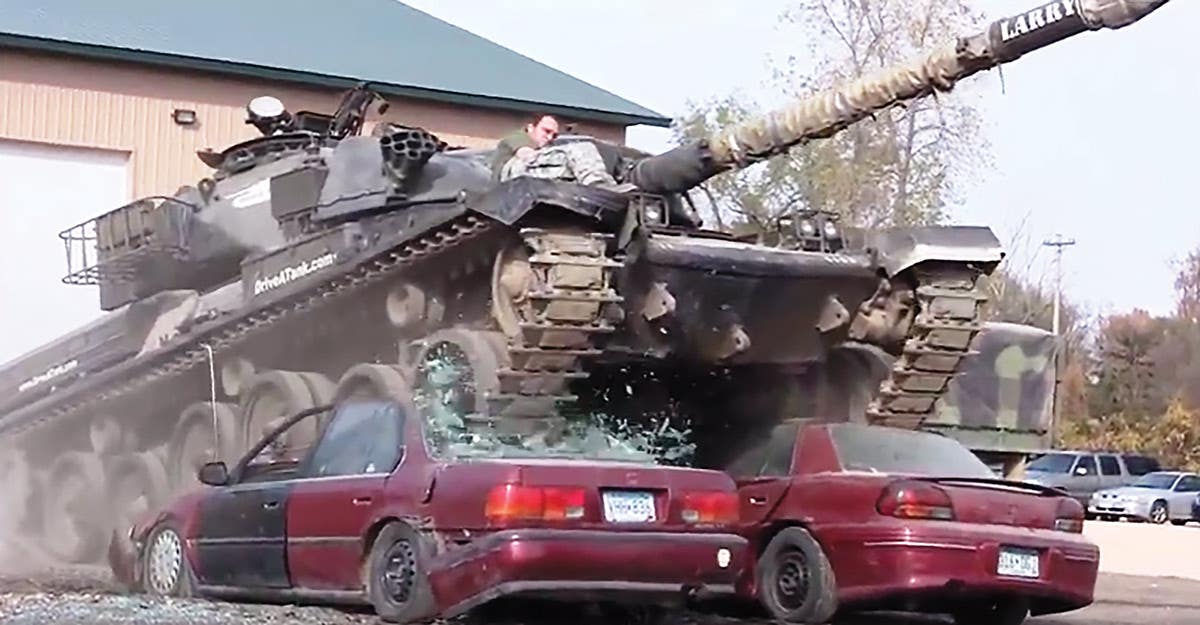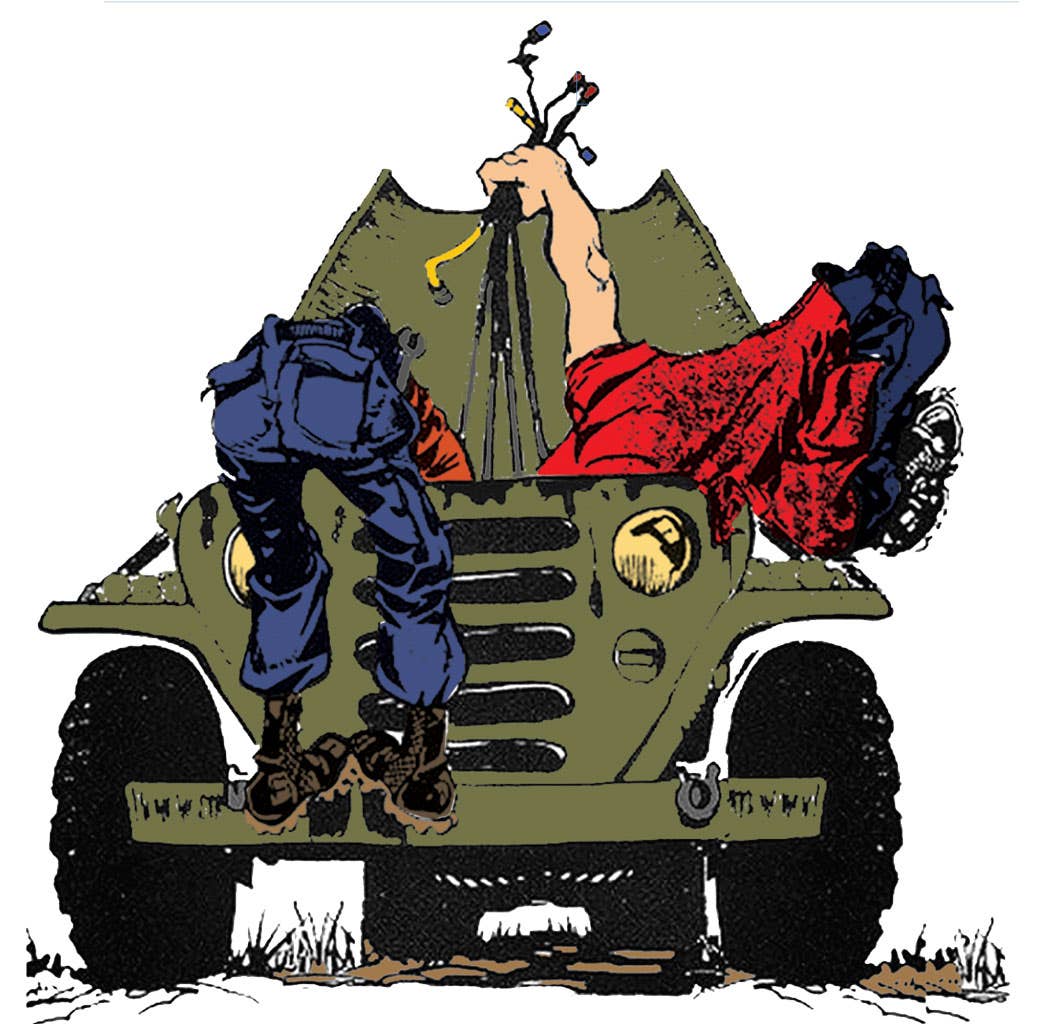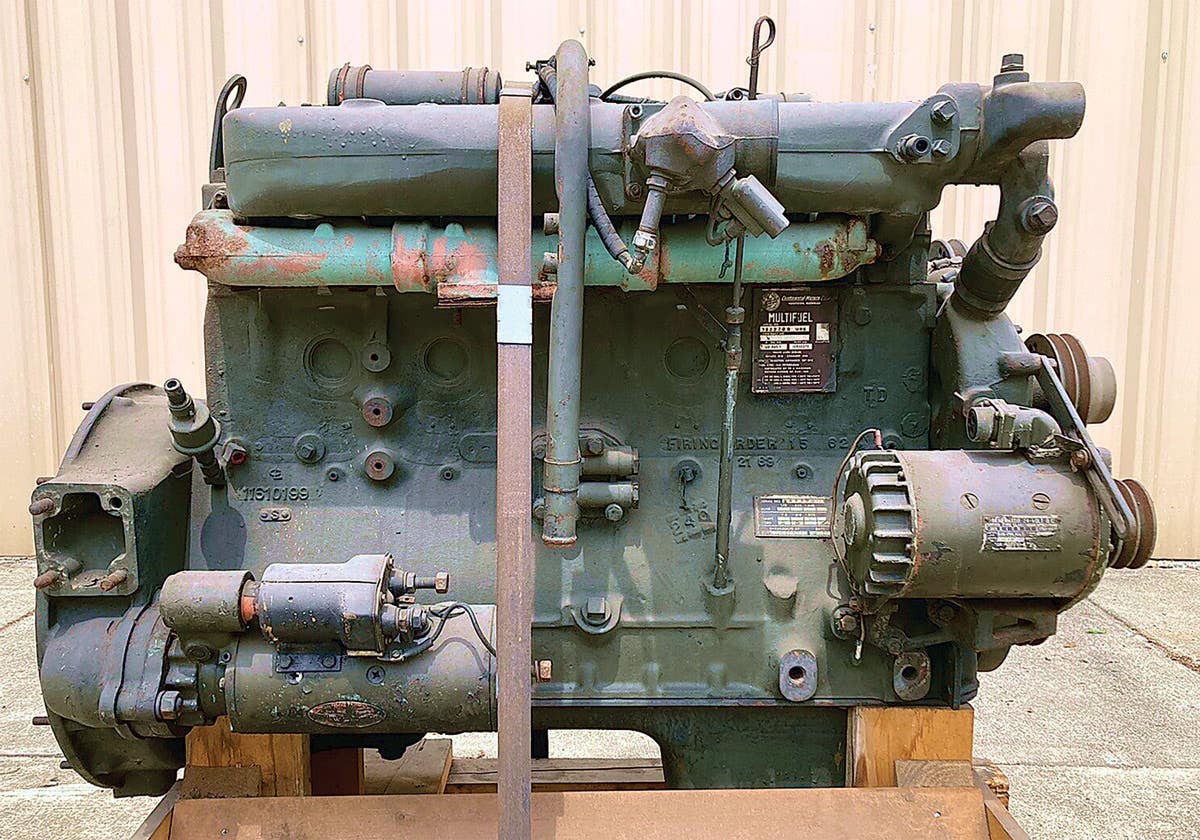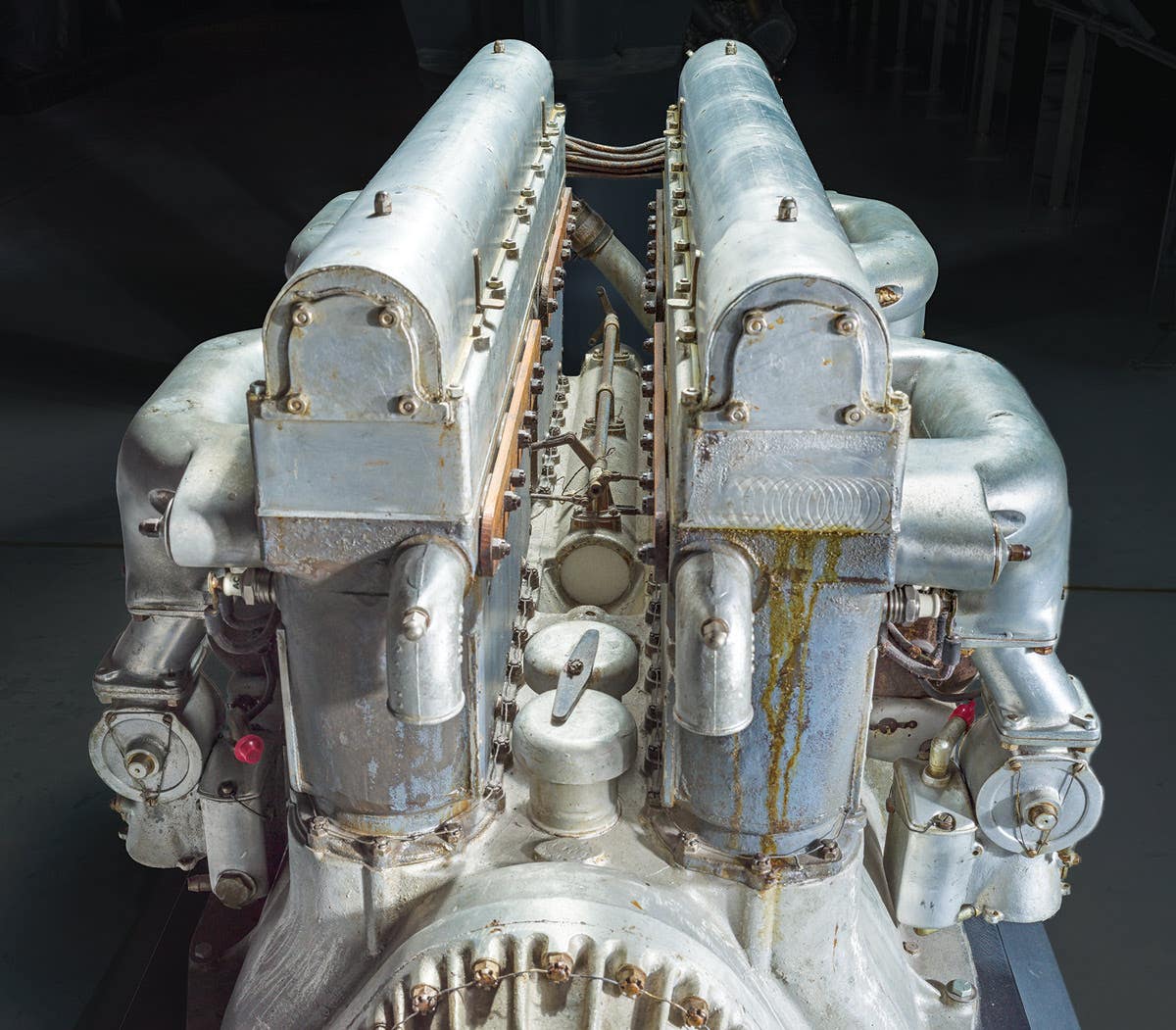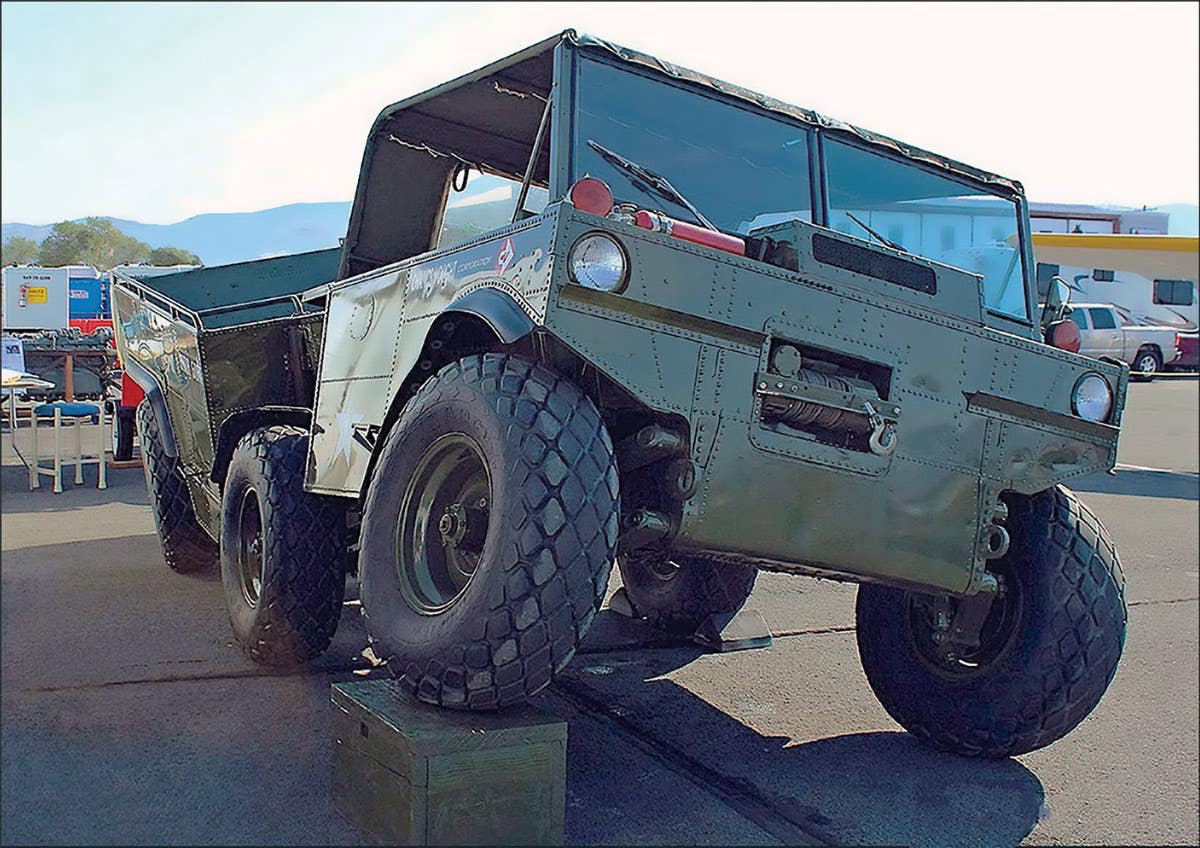Getting the show on the road: Moving the equipment is a show of its own
Military vehicle shows are popular events in many countries and attract visitors from far and wide who look forward to enjoy seeing a good display of military hardware from artillery and vehicles to re-enactment groups with their collections of weapons and kit. Yet, how many people give a thought as to how these things arrived on site? It’s quite the undertaking!
Here in the UK, now that summer is here, there are more vehicle shows to attend and that means getting busy. Not just with preparing the vehicles, but a whole range of other decisions — such as what to take to a show to make it more comfortable. This can be taking your favorite coffee and cookies to having enough clothes for all kinds of weather. That is even before thinking about the vehicle itself. Another thing to plan is the route to the site where the show is being held. So, as the saying goes, there you have it; This, That and the Other.
Military vehicle shows are popular events in many countries and attract visitors from far and wide who look forward to enjoy seeing a good display of military hardware from artillery and vehicles to re-enactment groups with their collections of weapons and kit. Depending on the site, groups and vehicle owners organize battle re-enactments which can include mobility displays with the vehicles. Yet, how many people give a thought as to how these things arrived on site? For re-enactors it is a simple case of throwing everything in the car and driving to the site. If only it were that easy for vehicle owners.
Owners of wheeled vehicles, such as trucks, motorcycles and Jeeps, can drive to a show if the distance is not too great. For longer distances, the smaller vehicles can be loaded onto trailers and towed by modern vehicles, to keep the mileage down. What we think of as a long way in the U.K., say, 200 miles or so, would in other countries such as France and America, be thought of as no great distance at all. In fact, vehicle owners in Belgium, Holland and France often travel to the U.K. by ferry to take part in shows. Some owners from the UK also travel to France to take part in special gatherings, such as this year’s 80th anniversary of D-Day.
It is the very big stuff with tracks and heavy artillery which poses an altogether different problem. So, how do the tanks and heavy guns get to the shows? That is a question which I had pondered, but never given it serious thought until I became involved in writing about all this hardware and making friends with the owners. Some years ago whilst attending a show I saw a movement demonstration by an ex-French Army Gillois amphibious bridge-layer weighing 31 tons and measuring 40 feet in length, 10 feet in width and standing over 15 feet in height. Although the rig was equipped with wheels, the owner could hardly have driven such a monster to the site, especially as it could only manage 3 to 4 mpg. Given its size and weight, it had to have been transported to the show by a specialist truck designed to carry such heavy loads.
Since then I have come to understand what is involved, having been invited on several occasions to see first-hand how vehicles weighing 30 tons or more are moved hundreds of miles. From my time in the Army, I knew that even for the military, with their experience and specialist equipment, moving heavy vehicles it is not an easy matter. What I discovered is, just like the military, it requires lots of arrangements to be made and forward planning to plot a route that will allow such a load to pass without causing any problems. For example, roads with weight restrictions and overhead bridges with height restrictions must be avoided and alternative routes found. Also, UK laws require special permission to move loads that exceed specified weights and measurements. In some cases escort vehicles must accompany such large loads.
Flat-bed trailers are often used to carry tanks such as the Sherman or Chieftain and even “‘Long Tom” 155mm heavy artillery. Some experienced owners hold Heavy Goods Vehicle (HGV) licences with their own tractor and trailer unit, which they drive to shows with heavy loads that can sometimes be made up of three or four light armored vehicles on a single trailer. When I have been invited along for the journey, my role is safety duty to make sure nobody gets in the way when vehicles are being loaded or unloaded. With their experience, the experts guide the loading and securing of the vehicle before the journey and repeat the process in reverse at the delivery point. It is impressive to see how the drivers handle these vehicles and maneuver them on and off the trailer ramps.
For those owners who do not have their means of transporting tanks, the solution is often to hire a company which can provide the vehicle and driver. Highly experienced companies specializing in this kind of work can be found in all countries, some of which have even transported double-decker buses and other heavy vehicles to destinations around the world. For such companies this type of task would be a run of the mill job and include making all the arrangements with paperwork and needed escort vehicles.
At one show I spoke to a driver who had just delivered a tank and he explained how the job begins when a customer contacts the company to, say, move a tank for example. The first thing the transport company needs is need is a full set of specifications of the vehicle to be moved. They may not know anything about a tank, so they have to be told the size and weight. A description and photographs, including technical diagrams, helps greatly in the planning stage. If the transport company is not familiar with the type of vehicle to be moved, they mask ask vehicle owner to drive it on to the transporter. This is because the owner will know the handling capabilities of their own vehicle. The transport driver will supervise the loading and make sure it is secure for the journey. Another transport driver I spoke to said how they prefer to move such loads either very early in the morning or during the night when there is less traffic about.
Owners transporting a vehicle for the first time can seek advice from a historical military vehicle group, who have members with experience in such matters make suggestions. One of the great things about being a vehicle owner and a member of a society, there is a pool of resources which can be shared. The hard work is appreciated by visitors to the show which makes it all worth the while. Even those re-enactors and owners of smaller vehicles who can pack things into trailers face their own set of movement problems, which is usually planning the easiest route.
As for me, I learned a great deal when looking into how vehicles got to shows, and the owners have to be admired for their commitment to support the event by getting their truck or tank to the show.



